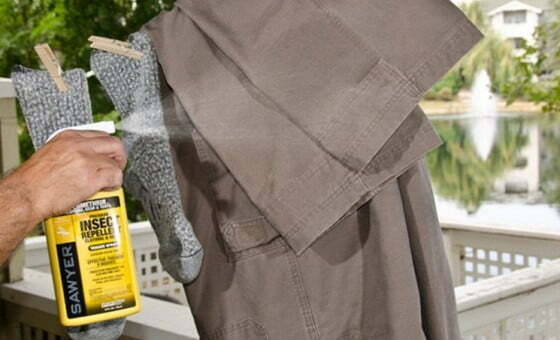ARTICLE
Treating Tick Bites
Reassurance
- Most tick bites are harmless.
- The spread of disease by ticks is rare.
- If the tick is still attached to the skin, it will need to be removed.
- Covering the tick with petroleum jelly, nail polish, or rubbing alcohol doesn't work. Neither does touching the tick with a hot or cold object.
- Try one of the following techniques:

Wood Tick Removal: Try Soapy Cotton Ball First
- Apply liquid soap to a cotton ball until it's soaked.
- Cover the tick with the soap-soaked cotton ball.
- Let it stay on the tick for 30 seconds.
- The tick will usually be stuck to the cotton ball when you lift it away.
Wood Tick Removal: Try Tweezers Second
- Use tweezers and grasp the tick close to the skin (on its head).
- Pull the wood tick straight upward without twisting or crushing it.
- Maintain a steady pressure until it releases its grip.
- If tweezers aren't available, use fingers, a loop of thread around the jaws, or a needle between the jaws for traction.
Deer Tick Removal
- Tiny deer ticks need to be scraped off with a fingernail or credit card edge.
Tick's Head
- If the wood tick's head breaks off in the skin, remove it.
- Clean the skin with rubbing alcohol.
- Use a sterile needle to uncover the head and lift it out.
- If a small piece of the head remains, the skin will eventually shed it.
- If most of the head is left, call your doctor.
Tick's Head
- Wash the wound and your hands with soap and water after removal to prevent catching any tick disease.
- Apply antibiotic ointment such as Polysporin to the bite once (no prescription needed).

Expected Course
- Tick bites normally don't itch or hurt. That's why they often go unnoticed.
Call Your Doctor If
- You can't remove the tick or the tick's head.
- Fever or rash in the next 2 weeks.
- Bite begins to look infected.
- Your child becomes worse.
Preventing Tick Bites
Prevention
- When hiking in tick-infested areas, wear long clothing and tuck the ends of pants into socks. Apply an insect repellent to shoes and socks.
- Permethrin products applied to clothing are more effective than DEET products against ticks.
Tick Repellent for Skin: DEET
- DEET is an effective tick repellent.
- Use 30% DEET for children and adolescents (American Academy of Pediatrics recommendation, 2003) (30% DEET protects for 6 hours).
Tick Repellent for Clothing: Permethrin
- Permethrin-containing products (eg, Duranon, Permanone) are highly effective tick repellents.
- An advantage over using DEET is that they are applied to and left on clothing instead of skin. Apply it to clothes, especially pants, cuffs, socks, and shoes. You can also put it on other outdoor items (eg, mosquito screen, sleeping bags).
- Do not apply permethrin to skin (Reason: it's rapidly degraded on contact with skin).
